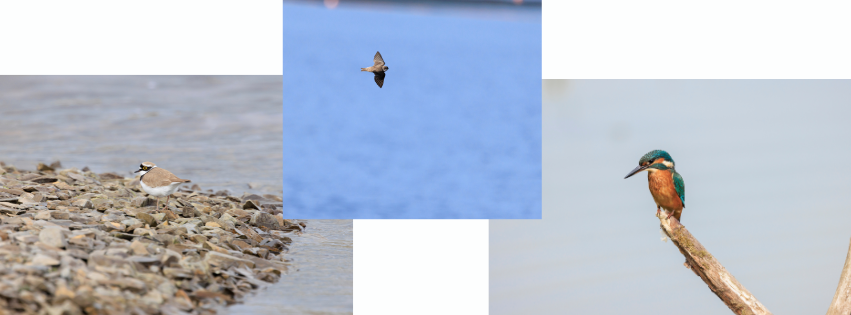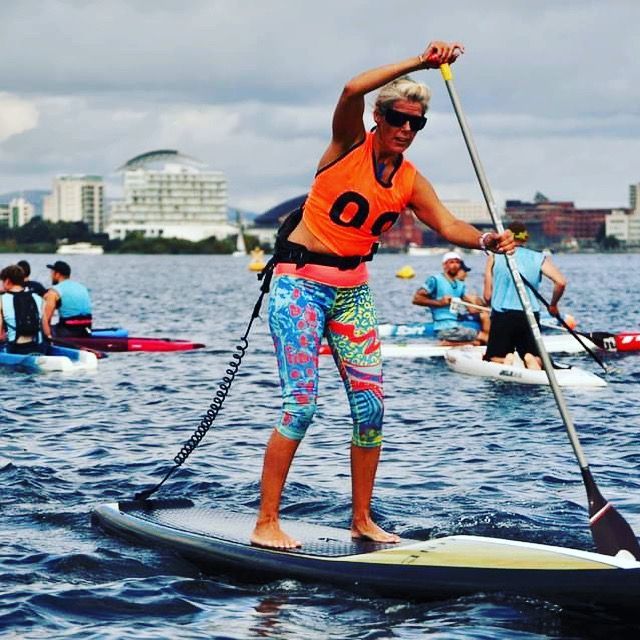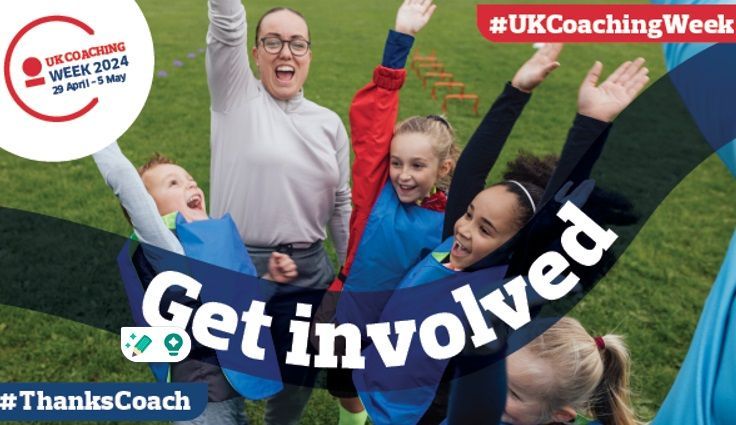- Home
- About
- Go Paddling
- #ShePaddles Cymru
- Qualifications & Awards
- Competition
- Resources
- Access to Waterways
- Ceufad
- Club Support and Affiliation
- COVID-19 Guidance
- Discounts and Special Offers
- Event Planning and Safety
- Insurance
- Craft Insurance
- Protecting Our Environment
- Safeguarding and Child Protection
- Report an Incident
- #ShePaddles Cymru Champion Club Programme
- The Canoeing Code
- Young Volunteers
- Shop
- Environmental and Access
Birdlife on rivers, lakes and canals; top tips for paddling, watching and avoiding disturbance
Canoe Wales have teamed up with the RSPB Cymru to raise the awareness of avoiding disturbance to birds when we paddle inland waters. RSPB Head of species, Julian Hughes, has taken the time to write this informative blog for us.

During spring and summer Welsh rivers, and our modest number of canals, are a wonderful place to paddle and enjoy the wildlife that calls it home: the splash of a Water Vole entering the water, a motionless Grey Heron waiting for the right size fish, Mayflies ‘dancing’ above the surface on a spring morning. We get to experience aquatic and bankside nature in a way that few others do, so we need to ensure we are giving it respect and maintaining its protection for future generations.
The Paddlers' Code, endorsed by Canoe Wales, is valuable guidance that we should all follow, but is it always obvious where the wildlife is and how we should behave around it? Here are a few things that I think are worth remembering:
- Not all birds nest in trees! All the river birds featured in the list (below) nest in the riverbank or under bridges, or even in a shallow depression on sand or shingle. Several have special protection (known as Schedule 1), which means it’s illegal to cause disturbance at or near their nest. So, avoid dragging boats on riverbanks, avoid gravel beds that can be important spawning grounds for fish, and do not stand on exposed gravel bars within a river.
- Read the landscape and birds’ behaviour when you’re on the river. If you spot a nest or a colony, such as Sand Martins, move on. And avoid getting out of the water at that point. Some birds make a repetitive alarm call when they feel threatened, which is your cue to leave.
- Reedbeds and reed fringes are home to birds that build their nests on the stems, but also those that nest or feed on the leaf litter below. During the breeding season (April to July), only enter reedy channels if you know that it’s permitted. Reedbeds are home to another Schedule 1 species, the Bittern, that feeds in the channels.
- Minimise noise and keep a distance. You’ll have a better experience if the birds don’t fly off. Many birds will tolerate one or two paddlers, but sudden movements or shouting will mean they don’t stick around. And that might result in an adult leaving a dependent chick alone. At all times, be aware of birds’ reaction to your presence, and respect them by acting accordingly.
- Many Welsh rivers are Sites of Special Scientific Interest (SSSIs) and subject to additional by-laws designed to protect their wildlife or geology. Some of the most important are also Special Areas of Conservation. Make sure you know when you’re paddling in a SSSI and any additional rules that apply. Information on all the SSSIs in Wales, including a map of all the sites, can be found here.
- Although many river birds move away from their nesting areas in winter, some as far as equatorial Africa, others arrive from the Arctic. At low tide estuaries provide a rich source of food in the mud and sand. Many waterbirds cannot feed at high tide, so they conserve their energy by gathering in a ‘roost’. These refuge areas are vital to their survival, so if you see a gathering of birds, including on harbour walls, saltmarsh and groynes, give them a wide berth.
- Always check, clean, and dry your kit after each trip. Inspect for plant fragments and bugs, which is all that some invasive, non-native species need to spread. www.canoewales.com/protecting-our-environment
- If you can identify wildlife, consider using your river access to help build our understanding of the value of Welsh rivers for nature. The Local Environment Records Centres have made it easy for you to submit records using the LERC Wales smartphone app, or visit www.lercwales.org.uk
Five birds you may see from the water
Kingfisher – if you’re lucky, you’ll see the colourful blur – blue above, orange below – skimming low over the water. Kingfishers are small (25cm wingspan), about the size of a Nuthatch or Bullfinch, and perch on a low-hanging branch over the water, watching for food, without you noticing them. They make a nest in soft river banks, at the end of a tunnel, and are a Schedule 1 species.*
Little Ringed Plover – this small wading bird spends winter in Africa and returns to British rivers from March to August. It’s another Schedule 1 species.* They depend on their cryptic brown and stripy plumage to blend into sand and shingle, where they lay their eggs that are very hard to spot. They nest on gravel shoals and bars with little vegetation in slow-flowing water. The Tywi, Dee and Usk are especially important to the Welsh population, which numbers 150–200 pairs.
Sand Martin – a summer migrant, sandy brown above and pale below with a short, forked tail, these are closely related to Swallows. They nest in colonies in steep, sandy riverbanks free of vegetation, so the entrance holes are obvious.
Dipper – this dumpy little bird is black and brown with a bright white throat and chest. They nest in riverbanks or on a ledge beneath a bridge among fast-flowing water, where they ‘bob’ on a stone watching for insects and molluscs. In winter many move downstream to more coastal reaches. They are an excellent indicator of river health.
Grey Wagtail – named by their grey back, it’s the lemon-yellow underparts that are more striking. These walk along the riverbank or on mid-channel stones, their long tail constantly flicking up and down, in search of insects on the water’s edge.
*All birds in Wales are legally protected from destruction and injury, and so are their nests while in use. Some species, such as Kingfisher and Little Ringed Plover, have extra protection, and it is an offence to disturb them at their nests.
Want to get involved?
The Waterways Breeding Bird Survey is an annual survey of breeding birds along rivers and canals. Volunteers walk between 500 metres and 5km of waterway, noting all the adult birds they see and hear, twice a year, between April and June. We need more rivers in Wales to be surveyed, so if you know your river birds, why not volunteer to help? Visit www.bto.org for more information.
Recent Posts
OUR PARTNERS
Canoe Wales | All rights reserved.
Website Design by Website Sorted
CANOE WALES, CANOLFAN TRYWERYN, FRONGOCH, BALA, GWYNEDD, LL23 7NU | Company No. 02478971 | VAT No. 115151262










